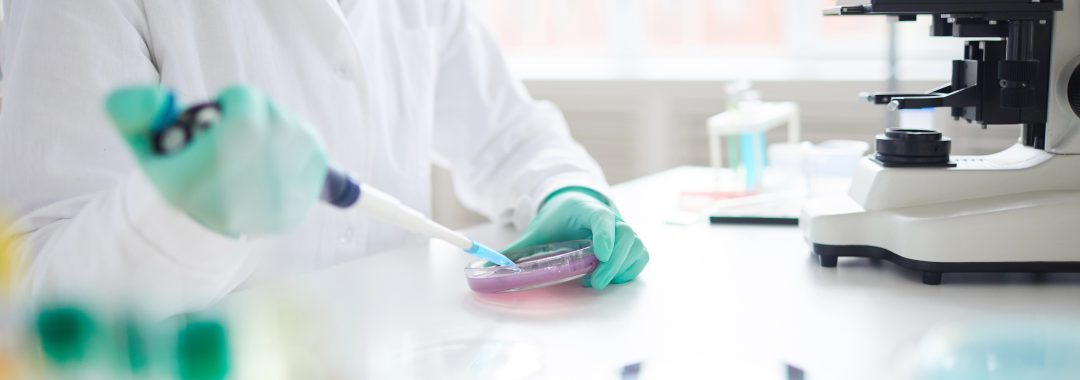World Standards Day, celebrated each year on 14 October, highlights the importance of standardisation across various fields, including veterinary research. In this field, standards play a crucial role in ensuring the quality and consistency of research procedures, laboratory tests, and diagnostic methods. Standardisation facilitates the comparison of the results of studies across different institutions and ensures that the methods used are reliable and reproducible. In veterinary research, standards are used, for example, to test the safety and efficacy of veterinary drugs, vaccines, and diagnostic tools, which is crucial for protecting both animal and human health. In addition, they help develop new technologies and treatments by providing a unified framework that facilitates international collaboration and accelerates the transfer of scientific knowledge to end users.
The Veterinary Research Institute operates a total of five laboratories accredited by the Czech Accreditation Institute. Due to these laboratories, we are able to provide government organisations and breeders with reliable results that contribute to both animal and human health. Another form of standardisation is the Good Laboratory Practice regime. Verification of efficacy and safety of tested immunological preparations, along with pharmacodynamic and pharmacokinetic studies, takes advantage of the institute's infrastructure — specifically the interconnection of accredited facilities for in vivo experiments and laboratory background. All steps are recorded in detail during the study so that they can be checked back after the studies are completed. The entire operation of the Good Laboratory Practice testing system at VRI is under the control of the Institute for State Control of Veterinary Biologicals and Medicines.
Another form of standardisation that the Institute plans to implement is the Good Manufacturing Practice system. This activity aligns perfectly with the Institute's efforts as a departmental public research institution to accelerate the transfer of technologies from laboratory settings to production environments.


